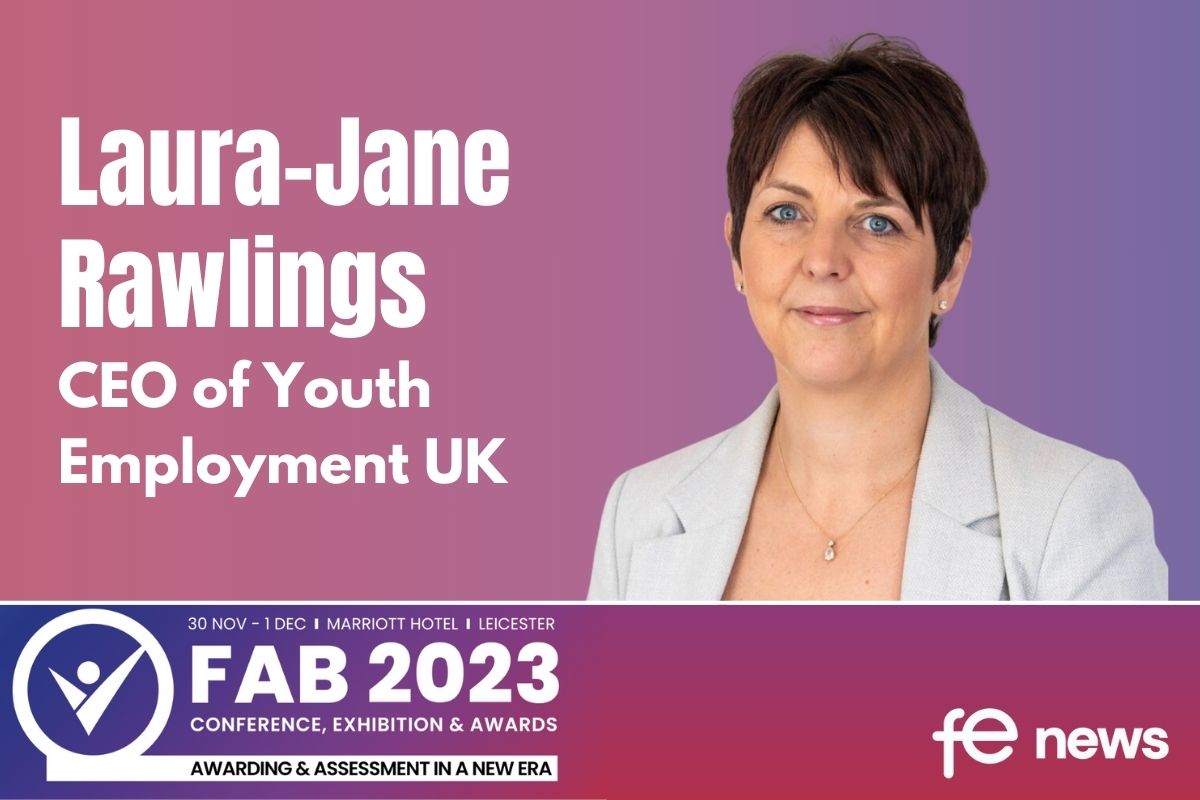Workplace wellbeing experts gather to review wellbeing concepts and practice

Demystifying wellbeing at work: British Safety Council gathers workplace wellbeing experts to review wellbeing concepts and practice.
Wellbeing is fast becoming a key boardroom issue. However, research by the British Safety Council has identified a lot of uncertainty about wellbeing at work. Its report Not just free fruit: wellbeing at work, found that employee wellbeing is often ignored or misunderstood. Employers are unsure how to define it, how to improve it, what priority to assign to it and how to measure the success of wellbeing programmes and interventions.
To help organisations solve key wellbeing dilemmas, the British Safety Council, in association with Safety Management magazine, recently hosted a roundtable debate.
Some of Britain’s most eminent wellbeing thought leaders and passionate campaigners took part in the session, chaired by Peter McGetrrick, Board Member of the British Safety Council.
Attendees included:
Professor Dame Carol Black, Professor Cary Cooper, Norman Lamb MP, Charles Alberts, Head of Health Management at Aon, Peter Brown, Deputy Director, of the Health and Work Programme at HSE, Dr Shaun Davis, Global Director of Safety, Health, Wellbeing and Sustainability at Royal Mail, Steve Hails, Director of Health, Safety and Wellbeing at Tideway, James Murray, Managing Director at Vitality and Hugh Robertson, Senior Policy Officer at TUC.
They reviewed and challenged concepts and common perceptions of wellbeing at work.
The nature of workplace wellbeing
- At its simplest, workplace wellbeing is a sense of contentment. It consists of physical and mental health and a feeling that you are in a good place when you’re at work. (Prof Carol Black).
- Workplace wellbeing is a boardroom issue. It’s a reflection of how you run your business. (Norman Lamb).
- It is an issue of culture, taking into consideration the whole of an organisation. (Prof Cary Cooper).
- Wellbeing is when people have a sense of connection with their work. It combines usefulness, purpose and dignity. (Hugh Robertson)
- It’s an issue of leadership. As well as talking about workplace accidents, the board should be discussing how happy the workforce is. (James Murray)
Managing workplace wellbeing
- Good line management is a cornerstone of workplace wellbeing. (Prof Carol Black).
- Companies are failing their staff by granting managerial responsibility to people on the basis of their technical ability, with no training or support to allow them to succeed as leaders. (Steve Hails)
- You need to engage your top team personally with wellbeing as they often do not understand the factors that affect peoples’ wellbeing. (Prof Cary Cooper)
- Training often produces a layer of people who know what good management looks like but they have no power or authority to change anything. They feel frustrated because they know that they cannot make a difference. Line managers should be empowered to represent their staff and make a difference. (Lawrence Waterman)
- Instead of telling employees to eat five pieces of fruit a day, you should find out what their needs are and give them the tools to look after their own health and make their own decisions. (Dr Shaun Davis)
Measuring workplace wellbeing
- Engagement rates are not the right measurement tool for wellbeing. People can be pushed into engagement, skewing the statistics. (Prof Carol Black)
- Some matters relating to wellbeing are ‘soft’ issues which businesses do not measure well, i.e. poor productivity. If they don’t measure these factors, they don’t believe that there is a problem. (James Murray)
- Engagement is often used by senior management as a sales tool for their workers to buy into. They are like customers who buy a product but they are not involved in any decisions concerning it. Proper engagement allows workers to participate in fundamental decisions instead of being the ‘happy recipients’ of them. (Lawrence Waterman).
Incentives and support for companies to adopt workplace wellbeing
- Wellbeing Premiums, i.e. tax incentives for two years, that reward employers demonstrating their commitment to staff wellbeing, have been trialled in the West Midlands. This pilot scheme seeks to test the different levels of commitment. We believe, that if the companies using them see their benefits, we won’t need to continue subsidising them. (Norman Lamb)
- There should be a kind of New Deal in public sector procurement. The companies which contract with the government and take money from the public purse should be expected to be good employers and behave in a sustainable way, unlike Carillion. (Norman Lamb)
Lawrence Waterman, Chairman of the British Safety Council, said:
“We were delighted that some of Britain’s most authoritative voices on workplace wellbeing agreed to share their expertise and opinions at our wellbeing debate. Their views and advice helped us to take a fresh look at workplace wellbeing and challenge the accepted views on how it should be managed and measured.
“This debate will guide our future campaigning and lobbying activities. It is clear, that we should involve other organisations responsible for developing best practice in workplace wellbeing in this. We also intend to continue these roundtable debates. They will enable us to examine other aspects of wellbeing, such as incentives and support for wellbeing programmes, particularly in relation to SMEs. Engaging with organisations and authorities that have established schemes to encourage these developments will be key.”












Responses